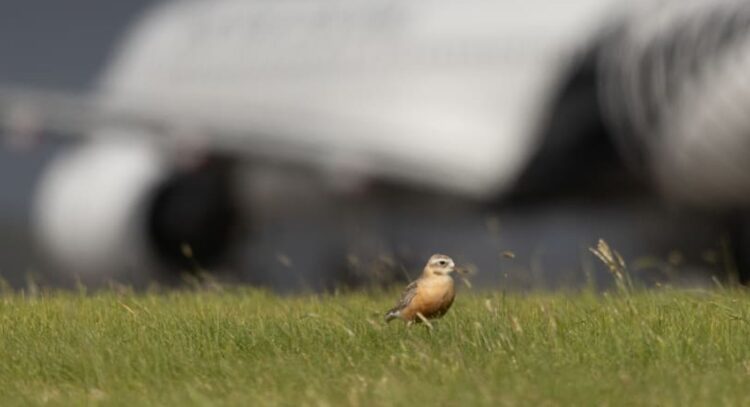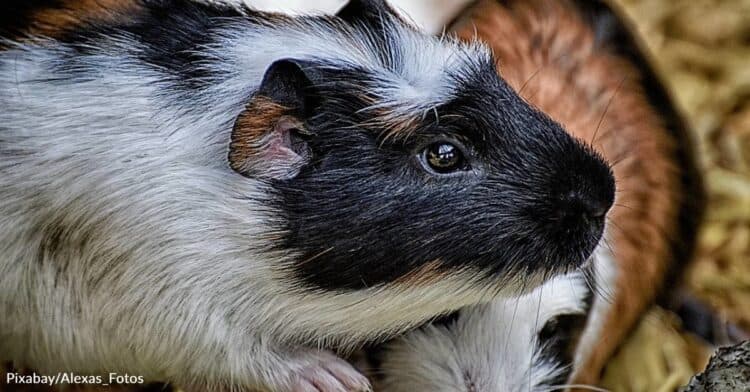For the first time in history, New Zealand has announced an ambitious initiative to eliminate rats, stoats, and possums from the country by 2050, in an effort to rid the country of an ecological scourge ravaging its native wildlife.
“New Zealand’s unique native creatures and plants are central to our national identity,” said New Zealand conservation minister Maggie Barry in a statement. “They evolved for millions of years in a world without mammals and as a result are extremely vulnerable to introduced predators, which kill around 25 million native birds every year.”
By 2025, the New Zealand government hopes to suppress or remove invasive predators from an additional 2.5 million acres (one million hectares) of land—and completely remove all introduced predators from the country’s island nature reserves. The government hopes to finish the job by 2050 largely through the widespread use of traps and poisoned bait, though New Zealand is ready to innovate: It’s a world leader in developing new ways to eradicate invasive mammals.

“Now is the time for a concerted, long-term, nationwide effort to rid ourselves of the introduced [mammals] that have placed so much of our natural heritage in jeopardy,” said Barry.
“It’s a really big, bold policy,” says conservation biologist Holly Jones of Northern Illinois University. “If [New Zealand] can even make progress toward that goal, species will be in much better shape.”
Small Mammals, Big Challenge
The plan stands to be a boon to the country’s iconic birds, including the kiwi, which numbers fewer than 70,000 in the wild, and the kakapo, a critically endangered flightless parrot that numbered 126 individuals in 2014.
For centuries, invasive mammals have feasted on New Zealand’s birds and the New Zealand lesser short-tailed bat—known for “walking” on the forest floor—with impunity.
In one particularly notorious incident in the 1890s, a lighthouse keeper’s pregnant cat almost single-handedly drove New Zealand’s Stephens Island wren to extinction within years of the species’s discovery.
Bizarre, Furry Bird Gets a Closer Look December 18, 2013—With its tiny wings and furlike feathers, the North Island brown kiwi looks more like a mammal. Scientists at the Smithsonian Conservation and Biology Institute in Virginia are studying this odd bird—considered vulnerable in the wild—to improve zoo habitat and better care for kiwi chicks and adults.
“These creatures that we people have put in areas where they don’t belong cause immense damage to the native fauna and flora,” says Michael Brooke, the curator of birds at the University of Cambridge’s University Museum of Zoology and an expert in protecting island birds from invasive rats. “It’s our responsibility to put things right as best we can.”
But ridding an entire country of invasive mammals won’t be easy. For one, almost eradicating the mammals won’t be enough, since some—particularly rats—can rebound with surprising speed. At one site in the South Pacific’s Pitcairn Islands, Brooke and his colleagues once got an invasive rat population down to its final 80 individuals, but the remnants quickly repopulated, mushrooming to more than 100,000.
What’s more, the New Zealand government acknowledges that not all of the necessary technology has been invented yet to achieve the plan—but the government has expressed interest in funding the necessary research, and Brooke thinks that progress is likely.
“As of 2016, the target isn’t attainable, [since] we don’t have the expertise to do what they hope to do by 2050,” says Brooke. “However, expertise is improving so wonderfully rapidly that it’s certainly not out of court that 20, 30 years from now, we will be able to do what they’re proposing to do. And it’d be absolutely fantastic if they pulled it off.”
Finally, there’s the staggering scale of New Zealand’s plan, which is unlike anything ever before attempted. In 2015, biologists successfully eliminated rats from the South Atlantic’s South Georgia Island, completing the largest ever island-wide rat eradication. But the island amounts to less than 1,500 square miles (3,900 square kilometers), less than three percent of the size of New Zealand’s South Island—and has far fewer people.
“It’s hard for me to imagine how they’ll get it done at this scale, though I laud the announcement,” says Jones. “But if anyone can do it, it’s definitely the Kiwis.”
This article was first published by National Geographic on 25 Jul 2016.
We invite you to share your opinion whether invasive animal predators should be wiped out? Please vote and leave your comments at the bottom of this page:
Thank you for voting.






Leave a Reply